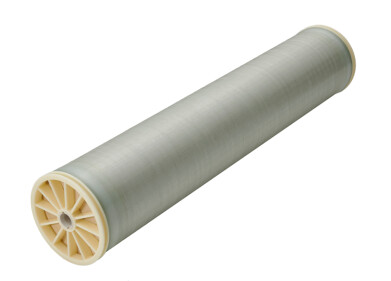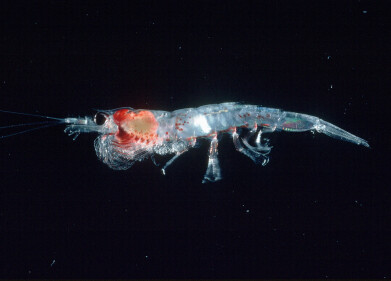Water/Wastewater
Testing Water Pollution Can Contaminate More
Aug 22 2011
According to water analysis expert Bob Johnson, CEO of Horizon Technology, Inc. (USA), the search for contaminants in water sources is creating more contamination than the original material it was intended to remove.
Johnson says that harmful contaminants enter public water supplies in a variety of ways. These contaminants can range widely from pesticides and herbicides, to PCB’s, to newly emerging pharmaceutical and personal care products, all of which pose potential, long-term risk to a fragile global ecosystem.
Johnson adds that a significant challenge presented to environmental monitoring laboratories is to effectively capture and quantify trace amounts of these environmental pollutants from large volume water sources while minimizing the use of organic solvents which by themselves are hazardous.
Common techniques for isolating pollutants in defined volumes of water include Liquid-Liquid Extraction (LLE) and Continuous Liquid-Liquid Extraction (CLLE) which are labor intensive and involve the use of relatively large amounts of organic solvents. These techniques contribute to large volumes (thousands of liters) of solvents such as Methylene Chloride, Hexane, Acetone and Methanol being used in the extraction process of environmental water pollutants. Ironically, the final step in the quantification of harmful pollutants involves the evaporation of these solvents which often escape into the environment in vapor or liquid forms.
According to Johnson: "Solid Phase Extraction (SPE) is an alternative technique to LLE and CLLE that enables the efficient capture of trace pollutants from large volume water samples onto a solid bed of sorbent (a disk). This technique requires much less organic solvent and can be easily automated to reduce human exposure in the laboratory while also greatly reducing the environmental impact of these materials escaping into the water table. Thousands of liters of organic solvents can be eliminated from the water monitoring process simply by employing SPE.”
Environmental monitoring laboratories who have embraced this technology are seeing significant efficiency gains in their daily output. Drastic cost reductions realized by using less solvent have prompted many labs to switch to automated SPE. As testing of our most precious resource intensifies, efforts to minimize and streamline solvent usage must also intensify to stop the viscous cycle of adding contaminants to our planet.
Events
Carrefour des Gestions Locales de L'eau
Jan 22 2025 Rennes, France
Jan 29 2025 Tokyo, Japan
Feb 05 2025 Nantes, France
Feb 16 2025 Kampala, Uganda
Feb 26 2025 Chennai, India




-as-feedstock.jpg)





